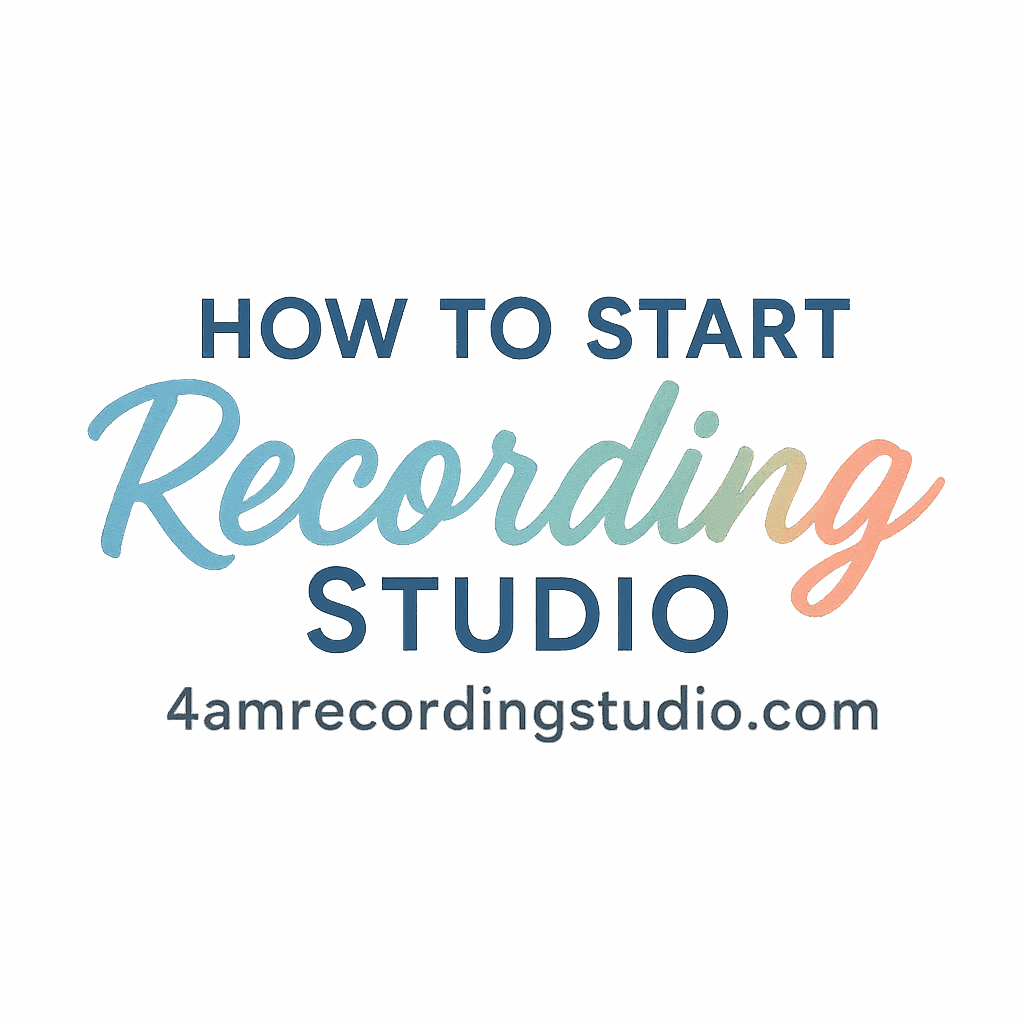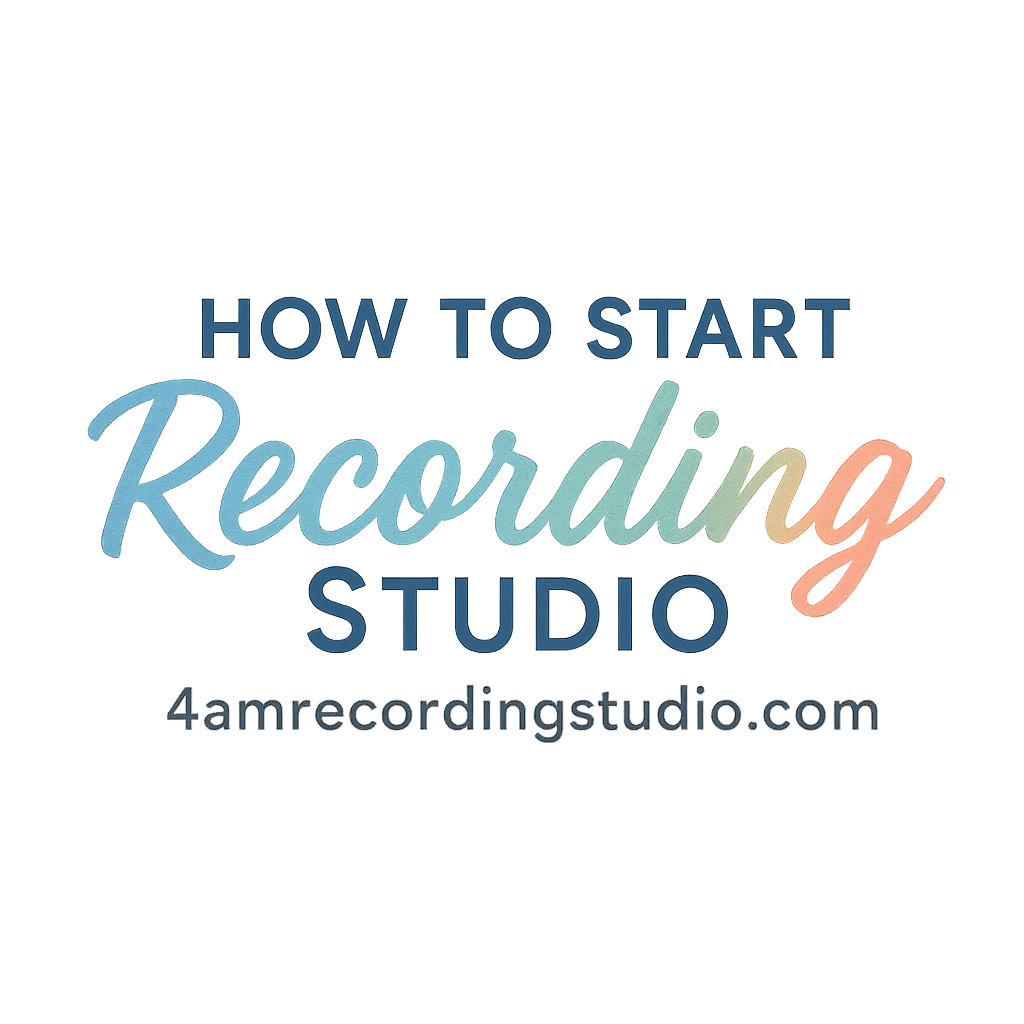If you’re a recording studio owner, you’re juggling more than just soundwaves. Managing clients, projects, gear, and creative energy requires a schedule that works as hard as you do. Without an organized system, chaos can sneak in and crush your productivity. That’s why we’ve rounded up 6 powerful scheduling tips for recording studio owners—so you can take back control of your time and keep your studio thriving.
Whether you’re booking hip-hop artists, mixing podcasts, or composing film scores, time management will define your success. Let’s get into it.
Why Scheduling is Crucial in a Recording Studio
Time is Money in the Music Industry
Every minute wasted in the studio is money lost—not just for you, but for your clients. With tight budgets and high expectations, delays can damage your reputation and income.
Client Experience Depends on Punctuality
A smooth, reliable experience makes clients come back and refer others. Running behind schedule ruins the vibe. When you respect their time, they’ll respect your rates and professionalism.
Tip #1: Use a Digital Scheduling Tool
Ditch the Whiteboard—Go Digital
We get it—sticky notes and whiteboards feel retro. But if you want a real handle on your schedule, digital tools are non-negotiable.
Best Tools for Studio Scheduling
Some great tools for studio scheduling include:
- Calendly – lets clients self-book based on your availability.
- Google Calendar – simple and integrates with almost everything.
- StudioBookings – designed specifically for creative spaces.
- Acuity Scheduling – great for automated reminders and syncing.
Explore more tech tools in our Recording Studio Equipment & Tools guide.
Sync Calendars Across Devices
Make sure your studio calendar syncs across your phone, laptop, and tablet. That way, no matter where you are, you’ll always know what’s next.
Bonus Tip: Integrate reminders 24 hours and 1 hour before each session to reduce no-shows.
Tip #2: Set Time Buffers Between Sessions
Avoid the Rush, Preserve the Vibe
Nothing kills creativity like a rushed setup or teardown. If your sessions run back-to-back with no buffer, you’re setting yourself (and your clients) up for stress.
Give Yourself Breathing Room
Plan 15–30 minutes between bookings. This time can be used to:
- Reset gear
- Take a breather
- Prep the next session
- Handle surprise tech issues
Avoid Burnout and Technical Mistakes
Burnout comes from trying to do too much without breaks. Protect your energy and your equipment by allowing downtime. Your mixes (and mental health) will thank you.
Tip #3: Implement a Client Booking System
Let Clients Pick Their Own Time Slots
Automation is your best friend. When you let clients view your availability and book themselves, you cut out endless email threads and DMs.
Use platforms like:
- Square Appointments
- Setmore
- HoneyBook
These systems save time and keep everything organized.
Use Booking Software with Built-In Reminders
Reminder emails and texts reduce no-shows by 40–70%. Look for software with customizable reminders and rescheduling options.
Reduce No-Shows and Double Bookings
A structured system ensures no one accidentally books the same slot or forgets their session.
For more on managing sessions like a pro, explore our Studio Management & Growth hub.
Tip #4: Plan Your Day Around Peak Productivity
Know Your Energy Zones
Are you most focused in the morning? Or do you hit your creative stride at night? Schedule demanding tasks like mixing or client sessions during your peak hours.
Align Creative Tasks With Your High-Energy Times
When you’re mentally sharp, you’re more likely to produce high-quality work and stay on time. Save menial tasks—emails, organizing files—for low-energy parts of your day.
Batch Admin Work During Low Focus Hours
Group similar tasks like invoicing, playlist curation, or checking email into 30-minute blocks. This minimizes distractions and keeps your day flowing.

Tip #5: Create a Weekly Scheduling Routine
Sunday Is Planning Day
Take 30 minutes each Sunday to map out your week. Identify:
- Confirmed bookings
- Tasks to complete
- Equipment you need to prepare
This ritual sets the tone and reduces decision fatigue throughout the week.
Set Weekly Goals
Maybe this week you want to complete two mixes, onboard a new client, and fix the MIDI controller setup. Put it in your schedule.
Looking to plan long-term? Check out our Recording Studio Business Planning resource.
Plan Session Types Accordingly
Group similar session types on the same day to stay in the right creative zone. For example, you might do all vocal sessions Monday–Wednesday and mixing Thursday–Friday.
Tip #6: Communicate Scheduling Boundaries Clearly
Don’t Be On Call 24/7
It’s tempting to say yes to every last-minute request. But if you never set boundaries, your schedule—and sanity—will suffer.
Use Policies and Contracts
Create a simple studio policy doc covering:
- Booking procedures
- Cancellation windows
- Late arrival rules
- After-hours surcharges
This clarity helps you avoid awkward conversations later. Learn more on setting clear business boundaries at our Marketing & Branding page.
Respect Your Downtime and Studio Etiquette
Let clients know your office hours and response times. You’re a professional, not a 24/7 hotline.
Bonus Tip: Track Your Studio Time Analytics
Review Patterns and Make Improvements
Look back every month and ask:
- Which sessions overran?
- Which days were overbooked?
- What gear needed extra setup time?
Tracking your time helps you fine-tune your future schedule.
Eliminate Dead Time
If you notice dead zones (like mid-afternoon lulls), start filling them with tasks like networking or content creation.
For ideas, explore our Content Promotion Ideas and Email Marketing strategies.
Make Room for Growth
Once your schedule runs smoothly, you’ll have more space for client outreach, collaborations, and new revenue streams. Get inspired by our Collaboration and Earnings tags.
Final Thoughts on Studio Scheduling Mastery
Mastering your schedule is like mastering your DAW—it takes a little time upfront, but the payoffs are massive. With the right tools and strategies, you’ll find yourself with less stress, more focus, and happier clients.
Implementing these scheduling tips for recording studio owners isn’t just about staying organized—it’s about building a business that works for you, not the other way around.
FAQs
1. What’s the best app for scheduling studio sessions?
Google Calendar and Acuity Scheduling are top picks. They sync across devices and allow automated client booking.
2. How do I handle last-minute session requests?
Set policies for after-hours or short-notice bookings—like extra fees—and stick to them to protect your time.
3. Should I charge for missed sessions?
Yes. Include a cancellation policy in your contract that outlines penalties for no-shows or late cancellations.
4. How far in advance should clients book?
Aim for at least 48–72 hours notice to give you time to prep and avoid burnout.
5. What if I overbook myself?
Start using buffers and track your time. Adjust weekly to avoid repeating the same scheduling mistakes.
6. Can I use scheduling tools on my phone?
Absolutely. Most tools have mobile apps or responsive websites to keep you in control on the go.
7. Where can I learn more about organizing my studio?
Visit 4amRecordingStudio.com and dive into the Setup Basics, Beginner, and Organize sections for more insights.


